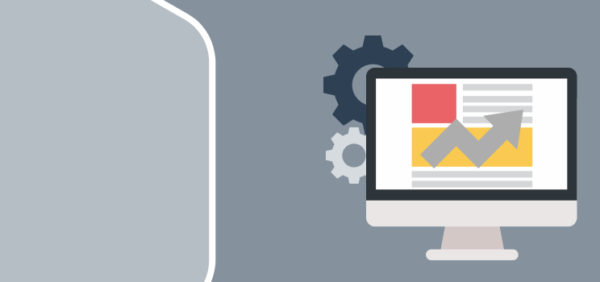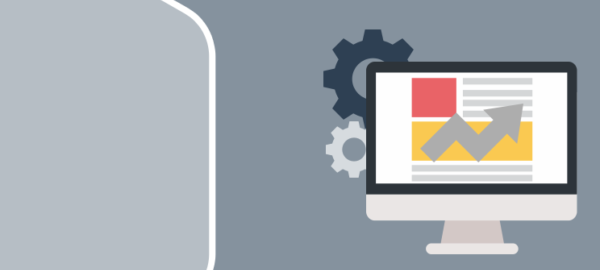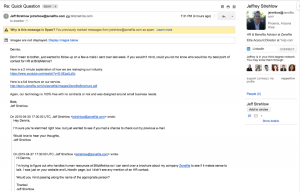
2016 was the year of UX/UI design innovation. We witnessed the rise of chatbots and growing adoption of IoT solutions. Accessibility advocates once again emphasized the importance of creating mixed-ability website and app use scenarios. The popularity of flat design saw a sharp decline. What are the latest web design trends for 2017 and beyond? R-Style Lab weighs in.
Top 7 trends in web design
- Artificial Intelligence is a game changer. Machine learning algorithms help PayPal fight fraud. Once you open the Safari browser on your iPhone, you see the list of websites you visit most often. Telstra, the biggest Australian telecommunications company, turned to biometrics to secure their Home Automation systems. Artificial Intelligence impacts every field of software and hardware development; it’s no wonder the global AI market will reach $ 16 billion by 2020! However, it is chatbots that will dominate mobile and web apps development trends in 2017 and beyond. Several companies including H&M, Sephora and Forbes have built AI chatbots to distribute content, answer customers’ questions and navigate them through online catalogs. Why not take similar approach to website development?
- Businesses go mobile-first. Recent studies claim the average user reaches out to his smartphone at least 200 times a day. Last year mobile search queries finally outpaced desktop and topped 113 billion. If you consider building a website this year, make sure to start with a mobile version and proceed to the desktop version later on. The approach will help you avoid feature creep and deliver the ultimate user experience on any screen;
- Fonts get bigger and bolder. Narrow sans-serif fonts are legible and do look smart. However, now designers start using both neo-grotesque and serif fonts and opt for geometric and monospaced types that occupy a significant space on a page to highlight content;
- Material design dominates. All the websites that have been created over the last few years look exactly the same. As a result, many brands now feel they’ve lost their identity. According to Sarah Hutto, a web designer at Shopify, 2017 is going to be “the year of the funky”. Bright colors and gradients are making a huge comeback – and this time, it might be for good;
- Design now revolves around the user. Deliver the right content to the right user and at the right time – isn’t it something every company dreams of? Thanks to beacons, the increased use of mobile apps, customer loyalty programs and machine learning algorithms, tech-savvy brands now have enough data to create detailed buyer personas – as well as the tools to boil it down to something meaningful. Designers, in their turn, can leverage the data for microinteractions and timely content delivery;
- Open composition and asymmetry are trending. Through 2017, UI designers will abandon the standard minimalistic layouts in favor of dynamic compositions where headers, menus and buttons are not aligned and often overlap (despite being still based on the classic contrast of colors, sizes and forms);
- Unified design is a thing. Gartner claims there will be over 20 billion connected gadgets worldwide by 2020 (compared to just 6.4 billion devices in 2016). You never know what device your website or application will be accessed from. Android fragmentation is a warm-up in comparison with what we’ll be going through in the near future! Do you (and your vendor!) keep up with the latest web and UX design trends?
Finally, here’s the Web Design Trends infographic summing up the points mentioned above.
![Web Design Trends to Watch in 2017 [Infographic] - Latest Trends in Web Design](https://www.onlinesalesguidetip.com/wp-content/uploads/2017/03/Web-Design-Trends-to-Watch-in-2017-Infographic.png)
(66)
Report Post





